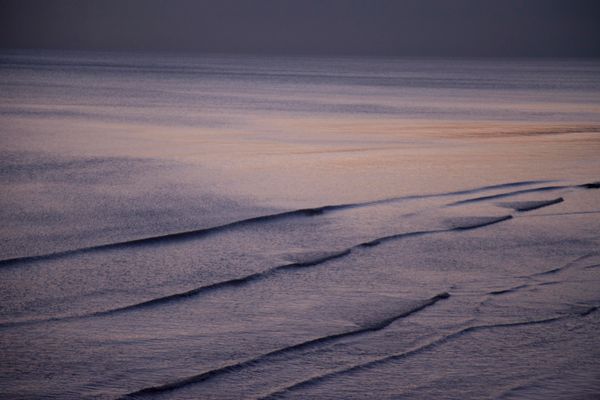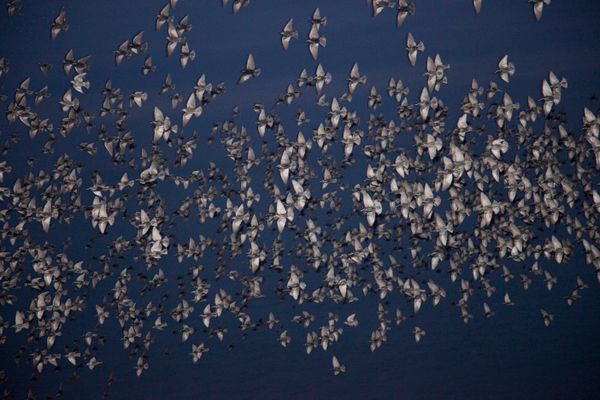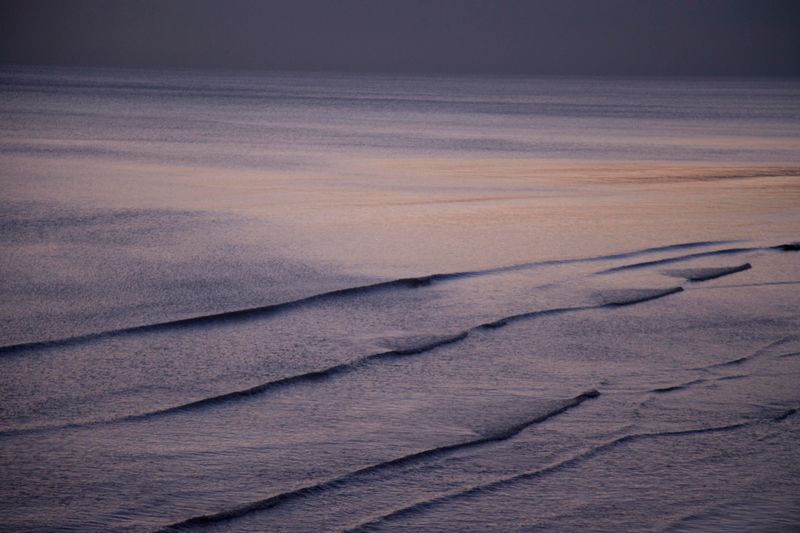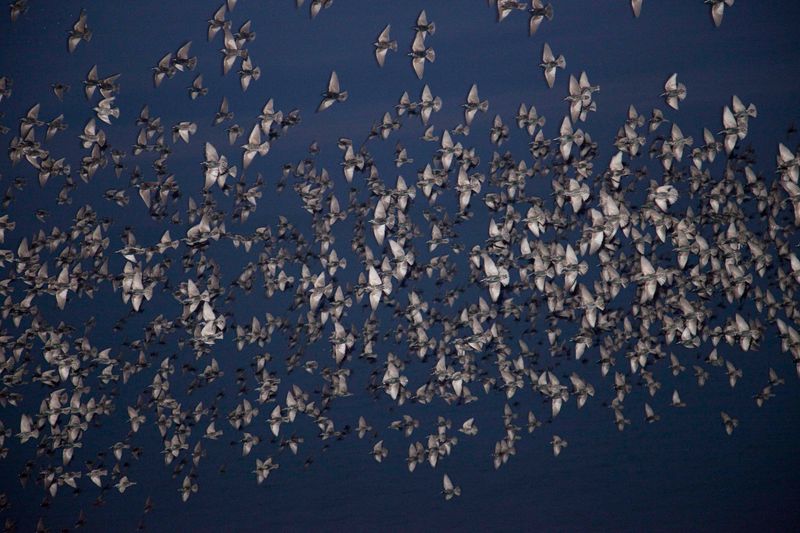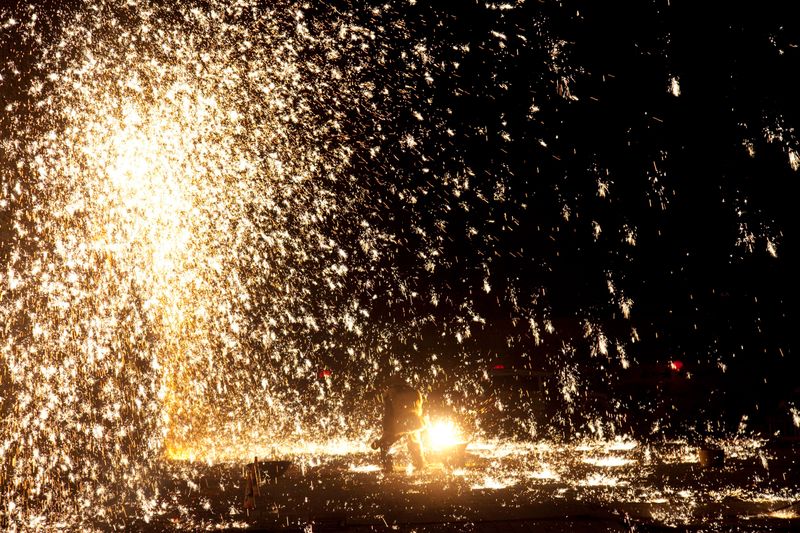Exploring the Subliminal Patterns of Everyday Life
-
Published15 Aug 2019
-
Author
Rooted in the cycles of life, earthly phenomenons, and the delicate make-up of our natural environment, Rinko Kawauchi's work links the physical and spiritual worlds and hints at the power of greater cosmic forces.
Rooted in the cycles of life, earthly phenomenons, and the delicate make-up of our natural environment, Rinko Kawauchi's work links the physical and spiritual worlds and hints at the power of greater cosmic forces.
Japanese photographer Rinko Kawauchi met her first success in 2001 when she published three small monographs of her work with Little More Books – Utatane, Hanabi, and Hanako. An exercise in visual poetry with loose narratives, the three books set the core of her vocabulary – an inventory of everyday details, shot in close-ups. Fragmented and decontextualised in this way, the world that Kawauchi depicts navigates dream and tangible reality. “It is mixed. I intentionally do it, and also sometimes it coincidentally happens”, she says modestly.
Her work is inhabited with blooming flowers whose every pistil is visible, large leaves collecting rain drops, and skies illuminated with star-shaped fireworks. She gets so close that it feels like it can be touched. Ultimately, her approach is anchored in Japanese culture and Buddhism. “I'm not a strict Buddhist, but I like an idea of Buddhism”, Kawauchi explains. And with this comes an appreciation of simple things, and their imperfections. “[Writer Banana Yoshimoto]’s works inspire how I look at the world, and what is important in life”, she says. And just like Yoshimoto writes about the squeaking of wooden floors or the pleasant smell of food, Kawauchi captures bird-filled skies and multicoloured tables.
In Ametsuchi, published in 2013, she took her inspiration from both traditional controlled-burn farming – landscapes irradiated, if not inhabited, with flames – and Buddhist rituals. Focusing on cycles of cultivation, the series illustrates the very existence of seasons, which defines Japanese rituals and Kawauchi’s practice. “When seasons change, I feel many things and it reminds me of my childhood and my past life; that makes me sentimental”, she says.
For a long time, almost ritually, she has been shooting her family. “I’ve been spending time with family every New Years”, she notes. And she still does. Her series about them, Cui Cui, mixes portraits, stolen moments, and still lives. Not only do we discover her family, but the daily life of an average Japanese person. Be in the garden, on a tree, in a plate or on a table, food seems to be a character of this nucleus – no wonder why Shisheido commissioned her to do a piece about fine gastronomy. “I love cooking just like I love making work. I feel calm when I do cooking/shooting/printing. It is like meditation”, she confesses. A meditation too, for those who look at it.
--------------
Rinko Kawauchi is a celebrated Japanese visual artist, known widely for her poetic depictions of everyday life. Since 2001 she has published more than 12 volumes of her work, including Illuminance (Aperture, 2011) and Ametsuchi (Aperture, 2013). She has had major solo exhibitions at Fondation Cartier, Paris; Photographers’ Gallery, London; São Paulo Museum of Modern Art, Brazil; and Tokyo Metropolitan Museum of Photography, Japan. Follow her on Instagram.
Laurence Cornet is a writer and curator based in Paris focusing on cultural and environmental issues. She is also the editorial director of Dysturb.
--------------
This article is part of our feature series, Photo Kernel, which aims to give space to the best contemporary practitioners in our community. The word Kernel means the core, centre, or essence of an object, but it also refers to image processing.
